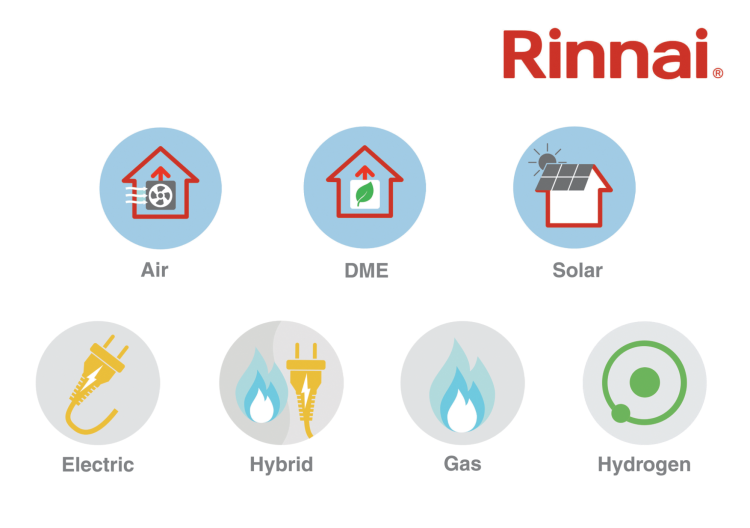07 October 2024
Tara Garraty, Biodiversity Specialist and Sustainability Scientist at Tunley Environmental, outlines why Biodiversity Net Gain matters for small developments.
Tara is a seasoned sustainability and conservation scientist with a specialised background in ecology and conservation biology. She holds a BSc and MSc degree in Conservation Biology, focusing on ecosystem services and ecosystem health, and is in the process of submitting her PhD in Conservation Biology.
Small Sites Biodiversity Net Gain (BNG) Assessment
As more buildings and developments continue to sprout across the UK, Biodiversity Net Gain (BNG) has become a crucial part of the government’s strategy for environmental sustainability. BNG is a framework that ensures that any new development contributes positively to biodiversity. The goal is to leave the environment in a better state post-development than it was before.
Developers are required to assess the biodiversity value of a site before and after development, with a target of achieving a minimum 10 per cent net gain in biodiversity. Traditionally applied to larger projects, from April 2024 BNG now extends to smaller sites as well, following an update from the Department for Environment, Food & Rural Affairs (Defra).
The Small Sites Update: What’s New?
Historically, BNG was a requirement primarily for larger developments. However, with the new regulation, small developments—defined as those under a hectare in size or involving fewer than nine dwellings—are now also subject to BNG rules. This expansion recognizes that cumulative impacts from smaller projects can significantly affect local biodiversity. To aid in the assessment of these smaller projects, Defra introduced the Small Sites Metric (SSM) calculation tool, a simplified tool adapted from the existing statutory biodiversity metric calculation tool, to help measure the biodiversity value of smaller sites, making it easier for developers to meet the BNG requirements.
Why BNG Matters for Small Developments
- Environmental Responsibility: By incorporating BNG, small developments can contribute positively to the environment, helping to reverse biodiversity loss. This is crucial as even small developments can fragment habitats and disrupt local ecosystems
- Regulatory Compliance: Adhering to BNG requirements is now a legal obligation. Non-compliance can result in delays or denial of planning permissions, making it essential for developers to integrate BNG into their planning processes
- Enhanced Reputation and Market Value: Projects that prioritise sustainability and biodiversity are increasingly attractive to investors, buyers and the public.
Implementing biodiversity net gain on small sites allows one to maximise ecological benefits across all scales, ensuring that every development, regardless of size, contributes to the restoration and enhancement of local biodiversity. This approach fosters a more resilient and sustainable environment for future generations.
The Small Sites Metric
To assess and quantify the biodiversity impact of small developments, the UK government introduced the Small Sites Metric. This tool provides a simplified method for calculating the biodiversity value of a site, making it easier for developers of small projects to meet the BNG requirements. The metric considers factors such as habitat quality and area, guiding developers on how to achieve the mandatory 10 per cent net gain in biodiversity.
Steps to Implementing BNG in Small Developments
- Baseline Assessment: Start by evaluating the existing biodiversity of the site using the Small Sites Metric. This involves identifying and quantifying the types and quality of habitats present.
- Design and Plan: Develop a plan that outlines how the project will achieve at least a 10% net gain in biodiversity. This could include enhancing existing habitats, creating new ones or improving habitat connectivity.
- Implementation: Carry out the planned biodiversity enhancements during the construction phase and ensure ongoing management to maintain the biodiversity gains.
- Monitoring and Reporting: Regularly monitor the outcomes and report on the biodiversity improvements to relevant authorities.
Who Should Comply with New BNG Regulations?
Although, updates to BNG regulations applies to anyone involved in the construction and sustainability industry, it is particularly vital for developers, landscape architect or planner working on small development projects.
Developers of Major Developments: Developers undertaking major projects, that typically involve large-scale construction activities, such as residential complexes, commercial buildings or industrial facilities, are required to incorporate BNG principles into their project planning and execution. This might include measures like creating green spaces, enhancing habitats or offsetting biodiversity losses through conservation projects elsewhere.
Developers of Small Sites (Effective from 2 April 2024): This extension recognizes that even small developments can significantly impact local biodiversity.
Developers of Nationally Significant Infrastructure Projects (Effective from Late November 2025): From late November 2025, developers involved in nationally significant infrastructure projects, such as highways, railways and energy installations, will also need to comply with BNG regulations. These projects often have large footprints and can impact vast areas, making it essential to implement strategies that mitigate biodiversity losses.
Land Managers Wanting to Sell in the BNG Market: BNG regulations also open up opportunities for land managers and owners to participate in the biodiversity market. By enhancing or restoring habitats on their land, they can generate biodiversity units that can be sold to developers needing to offset their biodiversity impacts.
Local Planning Authorities (LPAs): Local Planning Authorities (LPAs) play a critical role in enforcing BNG regulations. They are responsible for reviewing and approving development proposals, ensuring that BNG assessments are properly conducted and that plans meet the required standards.
Implications and Future Updates
The inclusion of small sites under the BNG umbrella signifies a broader push towards comprehensive biodiversity protection. Developers, planners and landowners must now integrate biodiversity considerations into all scales of development projects to align with legal requirements and support global environmental and sustainability goals.
- Continued Evolution of Metrics: As the understanding of biodiversity and ecosystem services deepens, the metrics and tools used to assess biodiversity impacts will likely keep evolving. This could include more nuanced metrics that consider ecological connectivity and specific landscape.
- Increased Regulatory Scrutiny: As enforcement mechanisms strengthen, developers may face more rigorous scrutiny to ensure compliance with BNG targets.
- Wider Adoption of BNG Principles: Beyond statutory requirements, there's an increasing trend towards voluntary adoption of BNG principles by businesses and organisations committed to sustainability.
Tara emphasises the strategic importance of integrating biodiversity into future planning efforts, stating, "As BNG becomes integral to planning, future considerations for developers will increasingly focus on innovative design and the integration of green infrastructure even on small sites. By prioritising nature-inclusive solutions, developers can contribute to larger ecological networks, enhancing habitat connectivity and resilience in the face of climate change. This forward-thinking approach will be crucial in meeting both environmental goals and regulatory requirements in the years ahead."
The Bottom Line
The extension of BNG requirements to small sites marks a significant step in the UK's biodiversity conservation efforts. Traditional metrics and frameworks often overlook these sites, despite their collective impact on local biodiversity. For developers and stakeholders, understanding and implementing these requirements is crucial for legal compliance and contributing to broader environmental goals. As the regulatory landscape continues to evolve, staying informed and prepared for future updates will be key to achieving sustainable development outcomes.
Picture: a photograph showing a new housing development facing a body of water. Image Credit: Tunley Environmental
Article written by Tara Garraty | Published 07 October 2024
Share
Related Articles
75% of Planning Applications Claim Biodiversity Net Gain Exemption
More than 75 per cent of non-householder planning applications have claimed exemptions from Biodiversity Net Gain requirements since the policy came into effect in...
Read Full Article
How Transport for London Will Deliver Biodiversity Net Gain Across Its Estate
Transport for London has revealed how it will deliver a net gain in biodiversity across its estate, as one of London’s largest landowners.
Watch the...
Read Full Article
Biodiversity Net Gain Launch Date Announced
New builds will be subject to mandatory Biodiversity Net Gain rules in England from 12 February 2024.
Announced on the Department for Environment, Food & Rural...
Read Full Article
What’s Happening With Biodiversity Net Gain?
Mandatory Biodiversity Net Gain rules, where developers must avoid loss of habitat on land they plan to build on, will be delayed until January 2024.
Originally set to...
Read Full Article

.gif)
.gif)
.gif)





.png)



.png)




